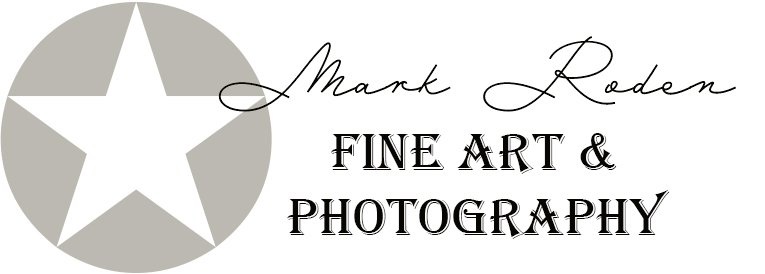Spotlight on Social Barrier
“When one with honeyed words but evil mind persuades the mob, great woes befall the state.”― Euripides, Orestes
Social Barrier - 24”x48” on wood panel, 2012
When one thinks of barriers, one usually conjures up images of prison walls, barbed wire, cages, war and the like. These can so completely confine a man or animal to such a degree as to drive them mad, or cause irreparable damage to the mind and body that ultimate cripples them for life.
Barriers are suppressive usually, put in place to control, or to manipulate, or even to destroy something or someone, or allow them to wither and die. Examples of ancient barriers could be Hadrian’s Wall, or the Great Wall of China. With time, barriers have become increasingly ingenious, growing in their measure in relation to the ever increasing technology that people, armies or civilization invents for themselves. There are all types of barriers, from the physical ones that I just mentioned, to financial barriers, barriers to healthy living, and barriers of knowledge to keep people from seeking the truth.
One barrier in particular; one which has the capacity to exert more force and cause more damage than prisons, walls or standing armies ever could—is the “social” barrier. This barrier can come in many forms, not the least of which is the social pressure to do (or to not do) something. In our modern culture social barriers are everywhere, they are memes in fact that control every aspect of our daily lives and dictate our relationships with others and our personal behavior. Some barriers are good, such as the barrier of law which prevents us, or most of us, from killing each other when we disagree (which also leads to the more physical barrier of prison as well). Actions as simple as being honest with your fellow man are the result of civil society growing and learning what is or is not the best general behavior for the group and for the individuals that make up that group. But social barriers which limit people from aspiring to their true potential, or which are suppressive and hateful in general, are the basis and inspiration for this piece.
When I think about the words social barrier I cannot help but think about three issues which stand out fiercely against the backdrop of society, those issues of race, LGBT and sexuality. When we say that “all men are created equal” it should stand that the word ‘all’ needs not to be redefined but rather it needs to be examined very closely, and simply. “All” means all and nothing more. So, tell that to the mother whose child was murdered because of the color of his skin. Tell it to a man whose partner was beat up, simply for hugging his partner in public or the phrase of love written on his t-shirt. Tell it to anyone who has ever been a victim of a hate-crime. And what about the young girl who is raped and forced into silence? Who will explain to her that this is how things are because she isn't as "equal" as others because of her "obviously promiscuous" behavior?
To some people, “all” does not necessarily mean all. It means "all, except for them”. And so, in redefining what this phrase “all men are created equal” means they are in fact setting up a social barrier; it is not out in the open, and it is not visible, but it is there none the less. Now, some group such as homosexuals, or people of color, or even the group of “all those who make less than…” are affected by this barrier. The barrier that keeps them from being able to walk down the street without being harassed, and which attempts to prevent them from having relationships with certain people. These barriers are like an invisible fence with no physical boundaries or attributes.
In my painting, I give form to it; I give it a color, many colors in fact, as many colors as there are ways in which the barrier could affect a person. I give it a boundary, as it so completely stretches from end to end, top to bottom. And I give it depth by including small areas around the piece which seem to be on the other side, and in some cases seem to have eyes peering through as if they are trying to see through the cracks or wonder what things are like on this side. The symbolism of giving the barrier form is to say that this invisible barrier is not really invisible at all; in fact it is very visible, it is us who choose not to see it. Have we not at least once ignored someone who walks up to our car window at a stoplight, wanting nothing more than a few coins and some kind words? Have we heard a news report about an attack or murder and reacted with less enthusiasm just because it was someone who belonged to a group we didn’t belong to or didn’t approve of? The barrier is there-it’s right there-born out of those tendencies which in themselves may not seem like much, but in aggregate and over time serve to desensitize us to the massive effects that some of us are forced to endure.
My reasoning to do this piece was to give a voice to those who either have none or think that they don’t. This is the first piece in what will be a life-long series called simply, “Awareness”. The idea is not to change the world and knock its head off, but rather to make an impact using a softer approach, that of loving our neighbors as ourselves, because one day we may find ourselves on the other side of a social barrier. And if that’s the case, who would take the chains off for us?
